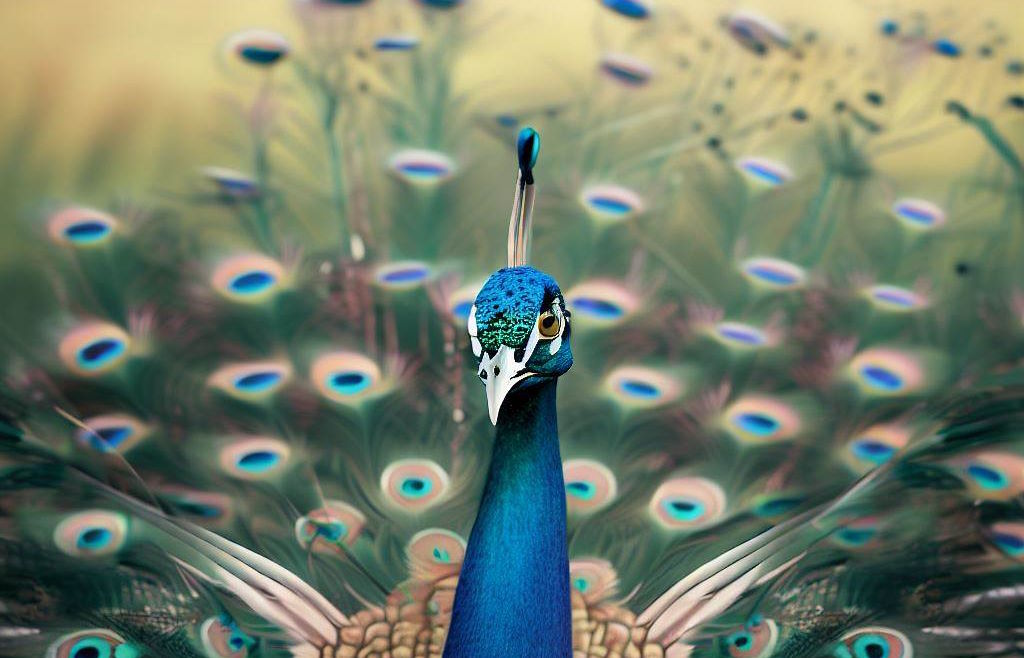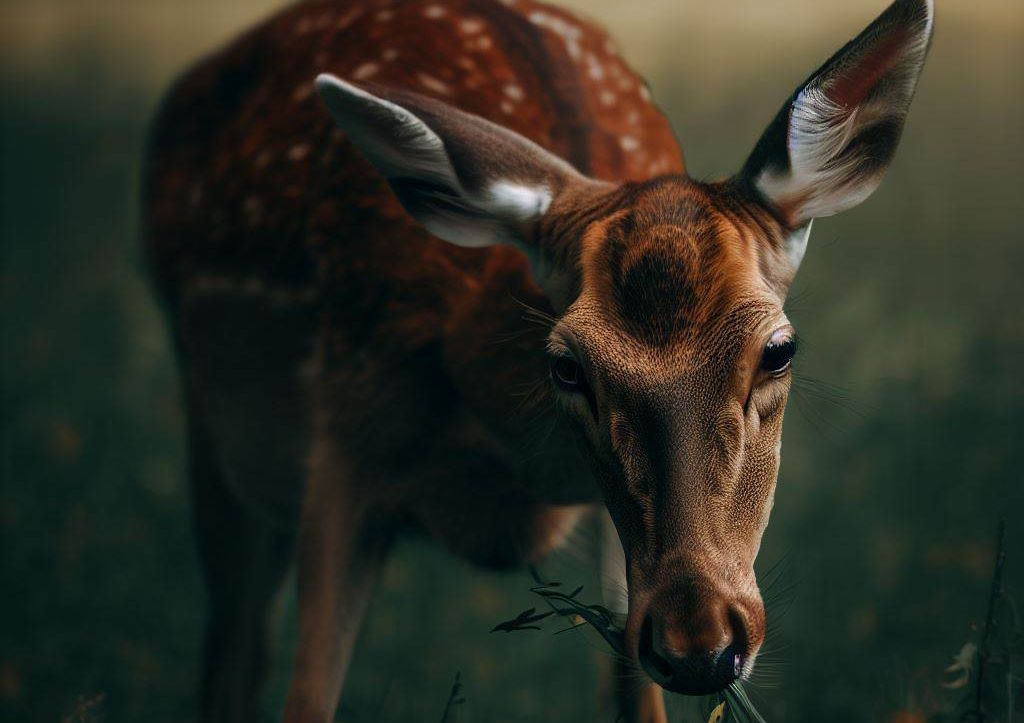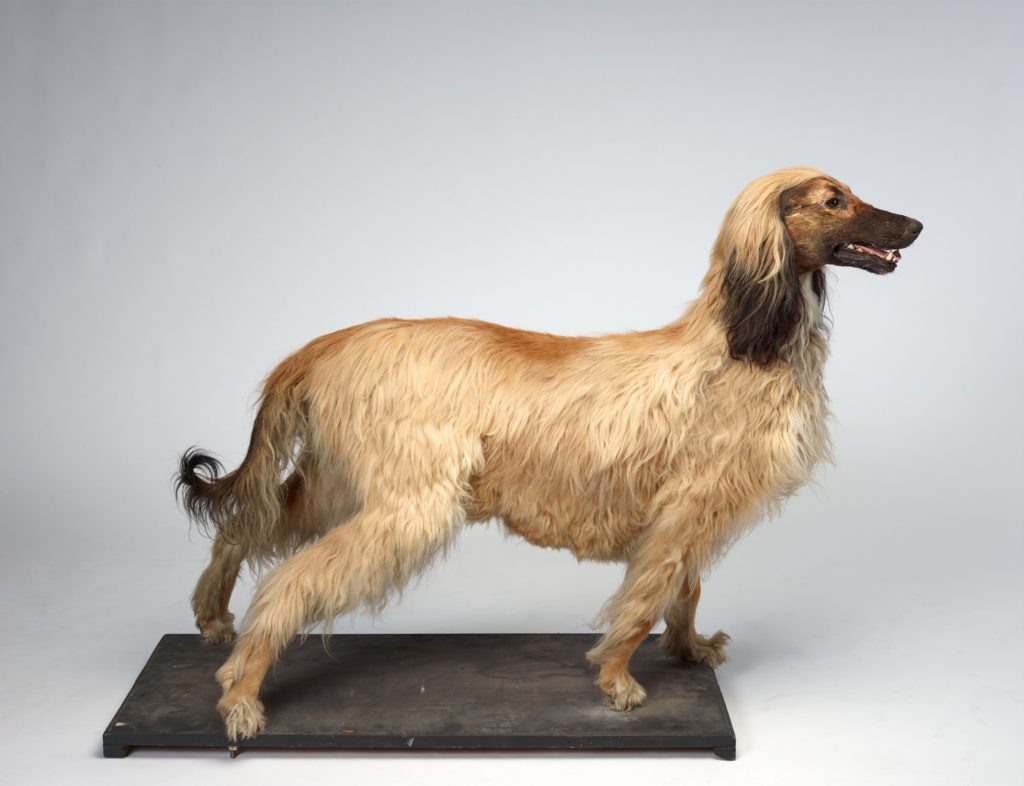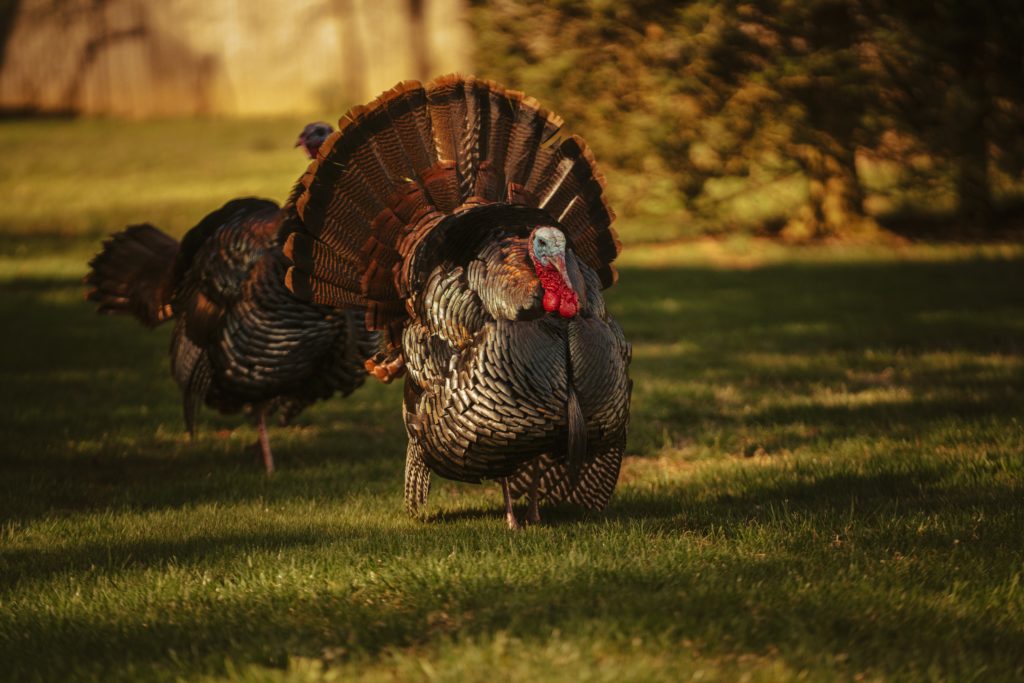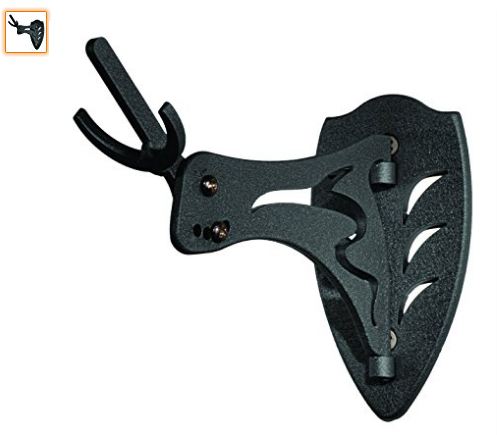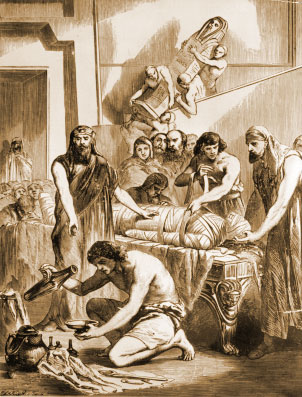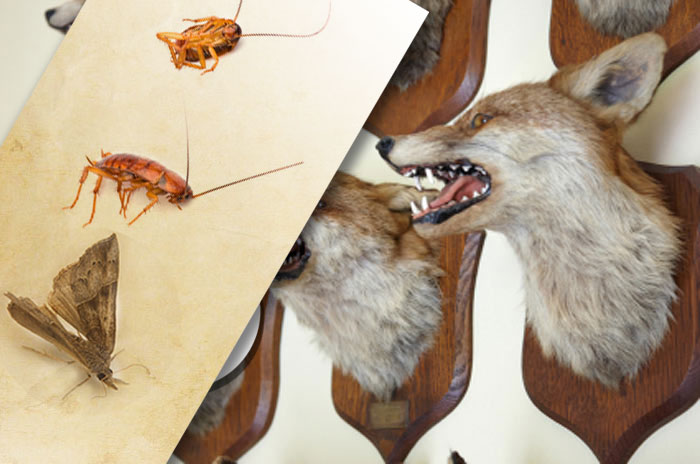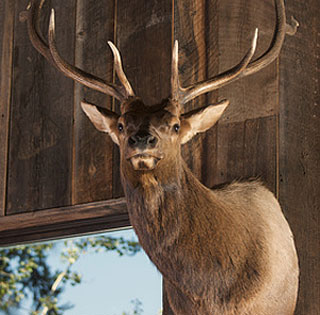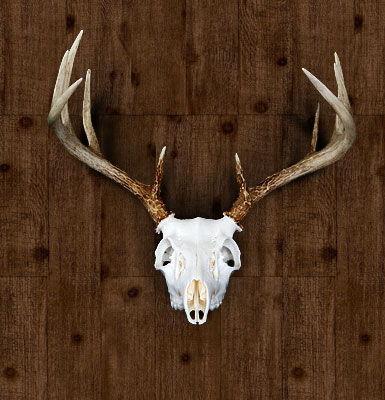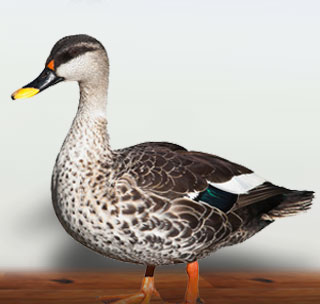How Much Does it Cost to Taxidermy a Peacock?
Thinking about how much is a taxidermy peacock? Let’s dig and and see. If you’re considering taxidermy for your peacock, you’re probably wondering how much it will cost. The answer is not straightforward, as the cost of taxidermy varies depending on several factors. However, we can give you a general idea of what you can […]
How Much Does it Cost to Taxidermy a Peacock? Read More »

